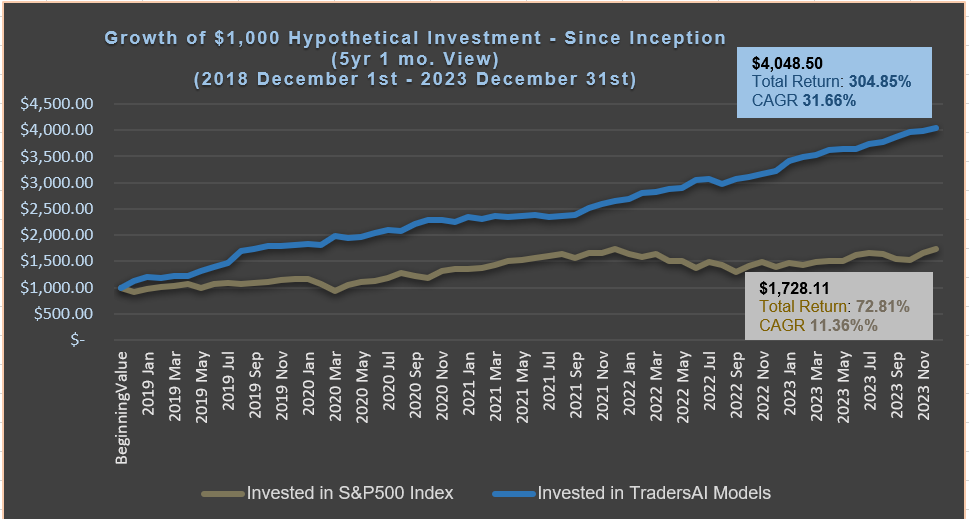Note: Our daily “S&P 500 Outlook, Forecast, and Trading plan for Monday, 10/15” will be posted around 8:30am EDT, Monday.
THE GIST (“THE WHAT”)
The S&P 500 index staged a rebound from a six-day riot that caused a major technical damage to its charts and dragged two-third of its components into a correction territory. In its worst week since March, the index gave up 4.10%, erasing four months’ worth of gains as investor fled from riskier growth equities to less aggressive stocks amid concerns that rising yields could eventually slow down the economic growth.
Friday’s rebound helped the index to regain key support level of its 200-DMA, closing fractionally above it by only 0.95 point. Opening with optimism following upbeat results by big banks, Financials stocks led the broader index lower to register the day’s low at 2729.44 as investors turned their focus on future outlook with concerns of slowly deteriorating mortgage and auto loan growth.
Technology and Consumer Discretionary sectors, however, supported the rebound in the later session with growth stocks back in favor after being beaten down over a turbulent week. Spiking higher in the last trading hours, the index closed the session at 2767.13, up a solid 38.76 points and gaining 1.42% over previous session’s close. CBOE VIX, the Wall Street’s fear gauge hit 28.84 this week, its highest level since February amid a panic sell-off.
THE DETAILS (The “How & Why”):
Technology, Consumer Discretionary and the new Communication Services sector were strong performers, gaining an upward momentum in the last hours of the session, up 3.15%, 2.15% and 2.07% respectively. Big tech companies were the worst hit last week on concerns that their high-valuations would be discounted in the rising interest rate environment.
FAANG stocks staged a solid rebound after the recent sell-off wiped out close to $600 billion of market values from their recent highs. Netflix Inc. was the top gainer of the session, up 5.75% following stock upgrade by Citigroup. Except Seagate Technology PLC, that shed 0.81%, all the other sector components were higher for the day, led by Autodesk Inc., Take-Two Interactive Software Inc. and Intuit Inc., up 5.57%, 5.55% and 5.55% respectively.
The 10-year Treasury yield inched up slightly to 3.16% alongside a rebound in appetite for riskier assets. JP Morgan Chase & Co, Citigroup Inc. and Wells Fargo & Co released their keenly awaited third quarter results, beating estimates on the back of strong retail banking revenue and sparking a relief rally at the session’s open.
While the broader Financials sector rallied at the open, the sector lost steam during the mid-day session as investors focused on future outlook with concerns of slowly deteriorating mortgage and auto loan growth. PNC Financial Services Group Inc. was the worst decliner of the session, down 5.58% on reporting weaker-than-expected growth in loans and deposits.
While Technology stocks bore the brunt of the mid-week massacre, Industrials and Materials sectors were the worst performers for the week, with steep weekly losses of 9.23% and 8.39% respectively. These sectors, however, gained 0.55% and 0.42% in today’s broad-based relief rally. Concerns of slowing global economic growth and strengthening dollar weighed down heavily on metal and commodity prices this week.
Oil prices registered
a first weekly loss in five weeks, despite edging higher in today’s session on signs of rising U.S. crude supplies, coupled with worries of slowing global economic growth. While the broader Energy sector inched up 0.30%, it suffered a steep loss of 5.40% on a weekly basis amid volatile oil prices.
a first weekly loss in five weeks, despite edging higher in today’s session on signs of rising U.S. crude supplies, coupled with worries of slowing global economic growth. While the broader Energy sector inched up 0.30%, it suffered a steep loss of 5.40% on a weekly basis amid volatile oil prices.
Consumer Staples and Utilities stocks shed 1.94% and 1.26% last week. Interestingly, these defensive sectors performed better amid a turbulent week, indicating sector rotation as investors favored less aggressive and stable equities over riskier growth stocks in rising interest rate environment.





